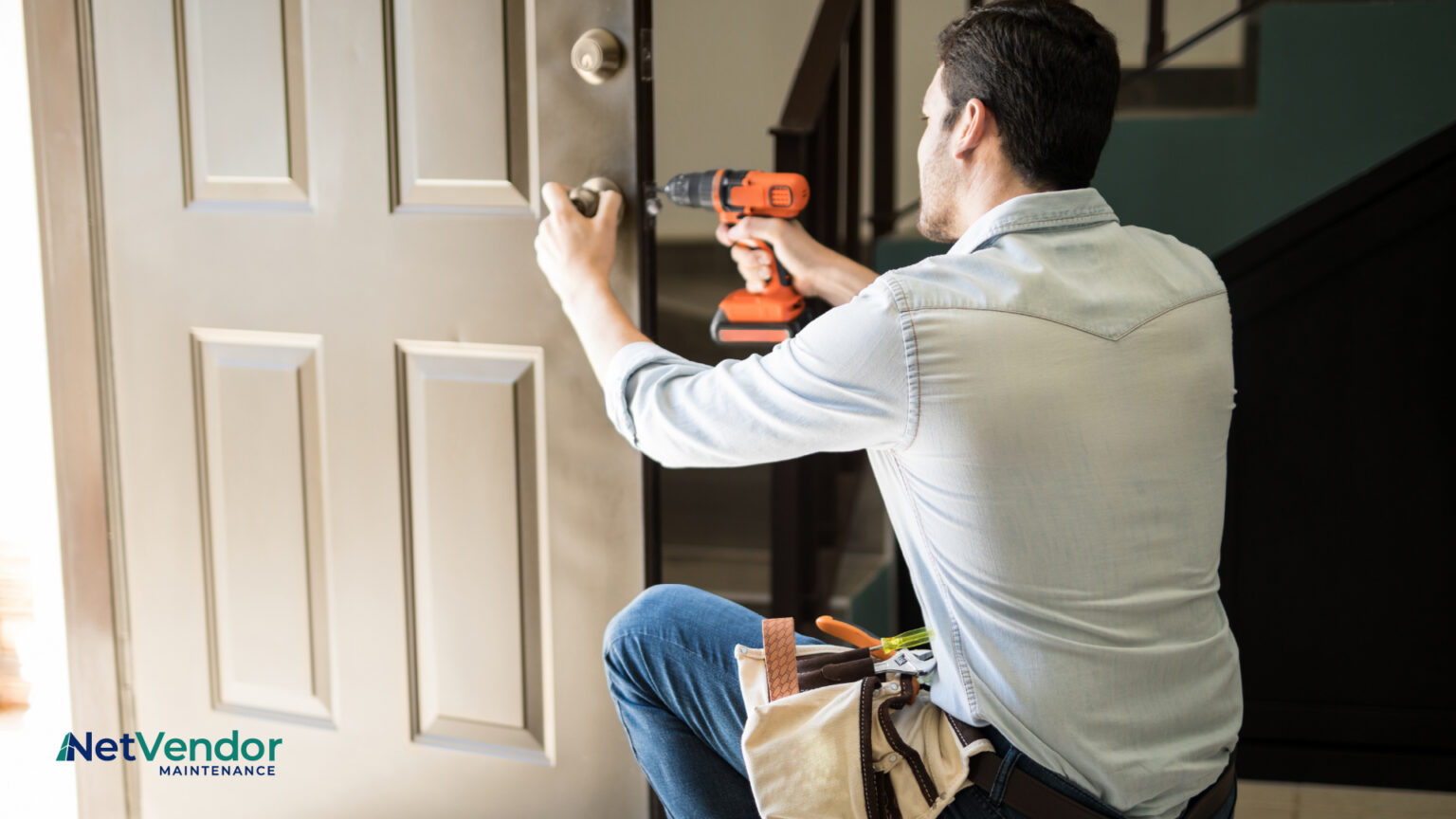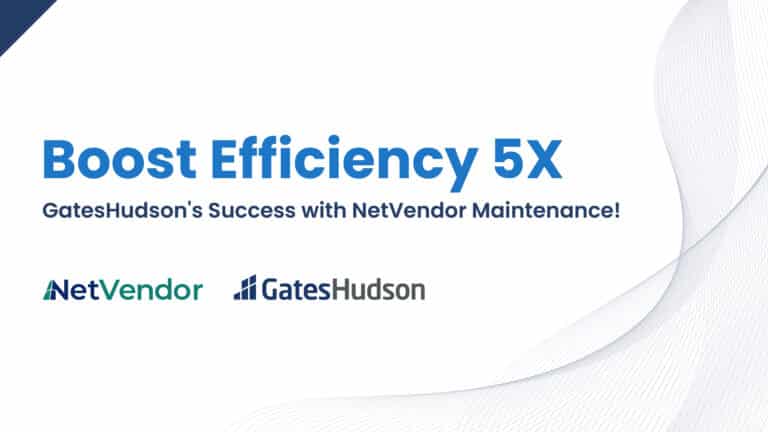Looking at multifamily maintenance software Through a New Lens
For seven years I lived and breathed onsite operations—fielding resident complaints, juggling make-readies, chasing vendor insurance, and wondering if I would ever leave the office on time. Then I joined a vendor-services team that equips property managers with cloud-based multifamily maintenance software and vendor compliance tools. Overnight I went from doing the work to optimizing it for hundreds of communities. The change opened my eyes to gaps I never noticed from behind the leasing desk—gaps that cost portfolios real time and money.
If you’re managing apartments, student housing, or affordable housing communities, these five takeaways will help you evaluate maintenance technology with fresh perspective—and avoid the missteps I made.
Written by Natalie Schultz
1. Digital Maintenance Platforms Adapt to Your Workflow (Not the Other Way Around)
When I was onsite, I assumed new software would force us into awkward processes. In reality, today’s multifamily maintenance solutions let you configure everything:
-
Service-request categories that match your chart of accounts
-
Automated routing to on-staff techs or outside vendors based on skill, schedule, or vacancy status
-
Custom inspection templates that mirror your existing paper checklists
Because the platform molds to your operation, adoption hurdles shrink. In fact, communities that start with a “soft rollout” often see 90 % technician engagement within 30 days. The key is a solution built on open APIs and drag-and-drop workflow editors—not rigid, one-size-fits-all modules.
2. Resident Communication Can Be 100 % Hands-Free and Hyper-Personal
Gen Z renters expect Amazon-style updates:
-
“We’ve received your request.”
-
“A technician is en route.”
-
“Your leak was fixed at 2:17 p.m.—rate your experience!”
Leading property-maintenance software handles this automatically via email, SMS, or in-app push. Better still, messages pull data straight from the work order, so residents get real-time ETAs without staff intervention. Communities leveraging automated notifications report a 25 % reduction in office phone calls and a noticeable lift in online-review sentiment.
Want to go a step further? Tie satisfaction surveys to your Net Promoter Score (NPS) benchmarking. Resident feedback then feeds directly into weekly maintenance stand-ups, creating a virtuous cycle of improvement.
3. Real-Time Analytics Turn Gut Feelings into Data-Driven Decisions
Before, I relied on anecdotal evidence—“It feels like HVAC tickets are rising.” Now I see hard numbers:
| KPI | Old (Paper / Email) | After Digital Rollout |
|---|---|---|
| Avg. Work-Order Completion Time | 4.3 days | 2.1 days |
| Vendor First-Time-Fix Rate | 68 % | 87 % |
| Resident Satisfaction (5-Star Avg.) | 3.8 | 4.5 |
Dashboards update the moment a technician closes a job or a vendor uploads a Certificate of Insurance. Heat maps highlight properties with chronic backlogs, while aging reports flag vendors whose insurance will lapse next month—giving accountants time to intervene before coverage gaps threaten liability.
Armed with clean data, asset managers can justify budget reallocations, negotiate bulk parts pricing, and forecast CapEx with greater accuracy. In an environment where NOI defines valuation, those gains compound fast.
4. Digital Inspections Eliminate Paper and Supercharge Preventive Care
Annual unit walks, move-out checklists, playground safety audits—the paperwork stacks up. Modern inspection modules replace clipboards with mobile apps that let technicians:
-
Tap to rate fixtures “Pass,” “Fail,” or “Needs Review.”
-
Snap photos that auto-attach to the work order.
-
Generate follow-up tickets on the spot, avoiding the “I’ll enter it later” black hole.
Across a 200-unit asset, going paperless can save more than 10,000 printed pages per year (roughly 12 trees) while correcting issues weeks earlier—reducing resident churn tied to maintenance dissatisfaction. Bonus: Digital records make due-diligence prep for acquisitions or dispositions a breeze, because every inspection lives in the cloud.
5. Fast Onboarding Drives Rapid ROI—Even for Large Portfolios
The thought of migrating to new software once kept me up at night: data imports, user training, pushback from seasoned maintenance staff. What I learned is that the right vendor treats onboarding like a managed service, not a “good luck!” hand-off.
A typical rollout cadence looks like this:
-
Kickoff & Data Mapping (Week 1) – Import properties, unit lists, existing vendors, and COIs.
-
Admin & Tech Training (Weeks 2-3) – Live workshops plus on-demand videos for refreshers.
-
Pilot Property Launch (Week 4) – Gather feedback, fine-tune workflows, celebrate quick wins.
-
Portfolio-Wide Go-Live (Weeks 5-6) – Scale proven playbook across all assets.
-
30/60/90-Day Optimization – Regular check-ins to review KPIs and tweak automations.
Thanks to white-glove project management, even REIT-level clients have flipped the switch portfolio-wide in under two months. The payoff? Fewer compliance gaps, faster work-order turnaround, and measurable resident-experience boosts—often within the first quarter.
Putting It All Together: Maintenance Tech as a Growth Lever
Switching from site operations to vendor services taught me that multifamily maintenance software is not just a cost center; it’s a growth engine. By cutting downtime, sharpening resident retention, and de-risking insurance exposure, best-in-class platforms directly improve NOI—and therefore asset value.
If your communities still rely on spreadsheets, email chains, or dated portals, now is the time to explore a platform built for 2025 and beyond. Look for solutions that:
-
Combine vendor credentialing and work-order management in one interface
-
Integrate with Yardi, Entrata, AppFolio, ResMan, and other leading PMSs
-
Offer mobile-first apps for techs and vendors, online or offline
-
Provide real-time dashboards and exportable analytics for finance teams
-
Deliver dedicated, U.S.-based support and continuous product innovation
Next Steps: Experience the Difference for Yourself
Ready to see how a unified compliance-and-maintenance stack can transform your operations?
Book a personalized demo of NetVendor Maintenance ›
-
Walk through a live work order—from resident request to technician resolution.
-
Preview automated COI tracking and renewal alerts.
-
Discover how data-rich dashboards empower smarter budgeting.







